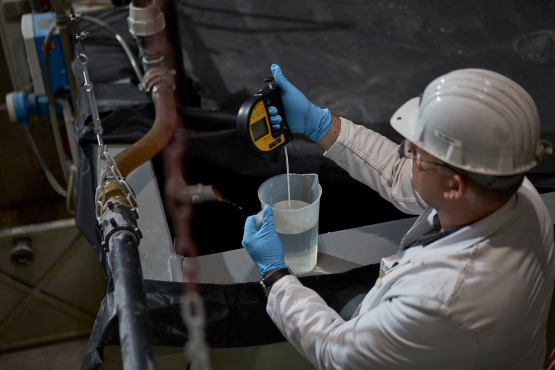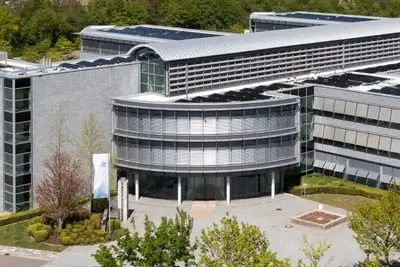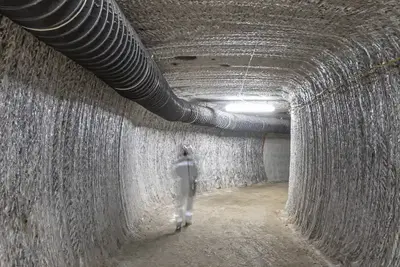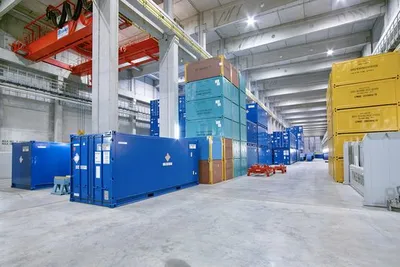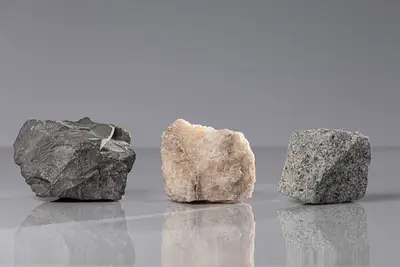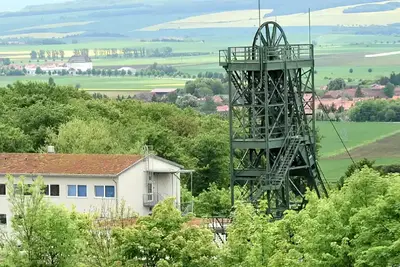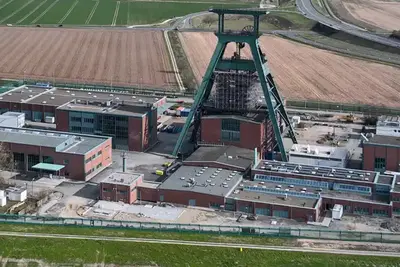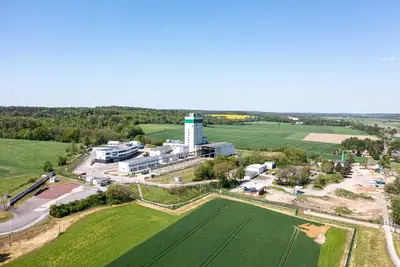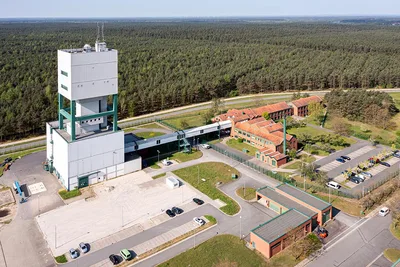Currently, around 12.5 cubic metres of inflow waters containing salt are captured every day in the Asse II shaft mine, of which 11.5 cubic metres are captured in the main collecting point at the 658 metre level. Only this water is brought above ground and disposed of following an appropriate release procedure. Measurement results show that this solution is radiologically harmless.
All inflow waters captured beneath the 658 metre level remain in the mine.
As long as these inflow waters are stored in the mine, they absorb tritium from the mine air. Using different measures (e.g. covering the collecting basins, special provision of fresh air), the tritium concentration is minimised in accordance with the instructions of Atomic Law and radiation protection law (minimisation requirement).
The measurement values of evacuated inflow waters can be found here for the first six months of 2017.
A comparison to enable the better understanding of the measurement values: For drinking water, the limit value for tritium according to the Drinking Water Ordinance is 100 becquerels per litre (1 becquerel = 1 unit of nuclear decay per second).
Batch number 06/2017
Quantity: 360 cubic metres
Tritium: <1.3 becquerels per litre (beneath detection limit)
Caesium-137: <0.97 becquerels per litre (beneath detection limit)
Removal time frame: 6 June 2017 - 8 June 2017
Batch number 05/2017
Quantity: 339 cubic metres
Tritium: <1.9 becquerels per litre (beneath detection limit)
Caesium-137: <0.69 becquerels per litre (beneath detection limit)
Removal time frame: 8 May 2017 - 10 May 2017
Batch number 04/2017
Quantity: 312 cubic metres
Tritium: 2.0 becquerels per litre
Caesium-137: <0.71 becquerels per litre (beneath detection limit)
Removal time frame: 10 April 2017 - 13 April 2017
Batch number 03/2017
Quantity: 335 cubic metres
Tritium: 1.8 becquerel per litre
Caesium-137: <0.85 becquerels per litre (beneath detection limit)
Removal time frame: 13 March 2017 - 15 March 2017
Batch number 02/2017
Quantity: 330 cubic metres
Tritium: 1.8 becquerel per litre
Caesium-137: <0.79 becquerels per litre (beneath detection limit)
Removal time frame: 13 February 2017 - 15 February 2017
Batch number 01/2017
Quantity: 334 cubic metres
Tritium: <1.8 becquerels per litre (beneath detection limit)
Caesium-137: <0.63 becquerels per litre (beneath detection limit)
Removal time frame: 16 January 2017 - 18 January 2017
Detection limit
The detection limit denotes the value in a measurement process to which the measured value (e.g. the specific activity of radionuclides in a liquid sample) can still reliably be detected. It is an indication of the sensitivity of the selected analysis procedure. If for example activity concentrations of radionuclides are so low that they cannot be determined with sufficient security, the detection limit is stated. It shows the maximum possible activity that could theoretically be present in a sample.
